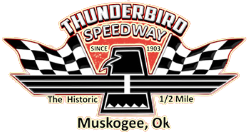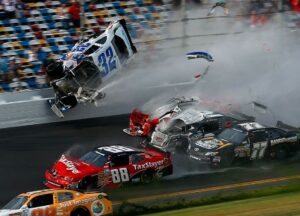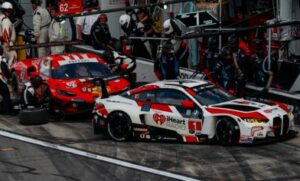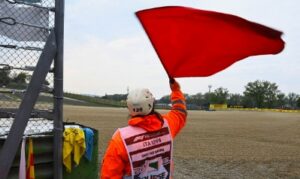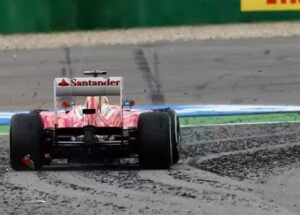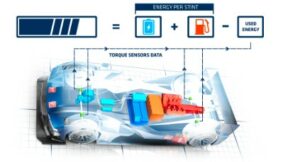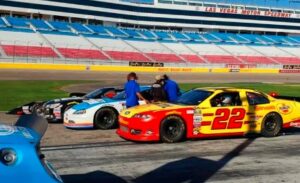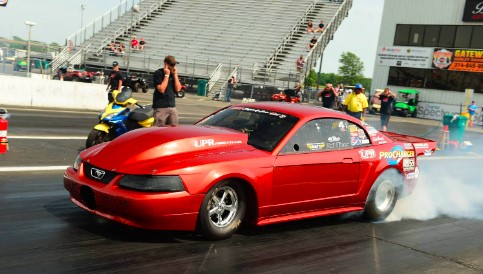
Thunderbird Speedway, known for its adrenaline-pumping races and electric atmosphere, is a beacon for motorsport enthusiasts. This iconic track has established itself as a pivotal arena in the racing world, drawing competitors and fans alike to its legendary circuits. Understanding the race limits at Thunderbird Speedway is crucial for teams, drivers, and fans to fully appreciate the challenges and strategies inherent in competing at this prestigious venue.
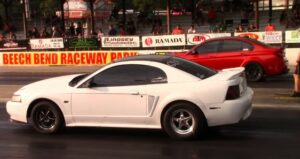
Introduction to Thunderbird Speedway
Thunderbird Speedway stands as a monument to high-speed competition, with its rich history and reputation for fast, fierce racing. The track’s design and technical specifications demand not only sheer speed but also precision driving, making it a revered challenge among racing professionals.
The Significance of Race Limits
Race limits at Thunderbird Speedway encompass a set of rules and regulations designed to ensure safety, fairness, and competitiveness. These limits cover various aspects of the race, including vehicle specifications, race duration, and driver eligibility, forming the backbone of the race’s operational framework.
Vehicle Specifications and Limitations
One of the cornerstones of racing at Thunderbird Speedway is the strict adherence to vehicle specifications. These guidelines ensure that all competing vehicles meet safety standards and performance parameters, leveling the playing field for participants.
Engine Power and Modification Restrictions
Vehicles are subject to limits on engine power and modifications. These restrictions are intended to prevent any single team from gaining an unfair advantage through superior technology or resources, emphasizing driver skill and team strategy.
Aerodynamic and Weight Regulations
Aerodynamic enhancements and vehicle weight are also regulated, with specific caps in place. These rules are designed to maintain competitive balance and ensure that races are won on the track, not in the workshop.
Race Duration and Format
Thunderbird Speedway hosts a variety of race formats, each with its own set of limitations on race duration and structure. These formats range from sprint races to endurance events, offering a diverse challenge to competitors.
Sprint Races
Sprint races at Thunderbird Speedway are high-intensity, short-duration contests. These races test the drivers’ ability to perform under pressure, making quick decisions and executing flawless maneuvers in a condensed timeframe.
Endurance Races
In contrast, endurance races test the longevity and reliability of both vehicle and driver. These events require teams to manage resources effectively, from fuel consumption to tire wear, over much longer periods.
Driver Eligibility and Safety Measures
Driver safety is paramount at Thunderbird Speedway. Strict eligibility criteria ensure that only drivers with the requisite experience and qualifications compete, minimizing risks on the track.
Licensing and Experience Requirements
Drivers must hold valid racing licenses and meet experience thresholds to compete. These prerequisites safeguard the field, ensuring that all participants possess the necessary skills to handle the intense demands of Thunderbird Speedway.
Mandatory Safety Equipment
The use of mandatory safety equipment, including helmets, fire-resistant suits, and HANS devices, is rigorously enforced. These measures significantly reduce the risk of injury, providing a safer racing environment for all involved.
Environmental and Noise Regulations
Thunderbird Speedway operates with a keen awareness of its environmental impact. Noise limitations and pollution controls are in place to mitigate the effect of racing activities on the surrounding community and ecosystem.
Sustainable Racing Initiatives
Efforts to promote sustainable racing practices, including the use of cleaner fuels and the implementation of recycling programs, underscore Thunderbird Speedway’s commitment to environmental stewardship.
The Role of Technology and Innovation
Technology and innovation play critical roles in navigating the race limits at Thunderbird Speedway. Teams and drivers leverage cutting-edge advancements to optimize performance within the established boundaries.
Data Analysis and Performance Monitoring
Real-time data analysis and performance monitoring allow teams to make informed decisions on strategy and vehicle adjustments. This technology is essential for maximizing efficiency and competitiveness within the race limits.
Community and Fan Engagement
Thunderbird Speedway’s race limits also extend to enhancing the fan experience, with initiatives designed to bring the racing community closer and make the sport more accessible to newcomers.
Fan Zones and Interactive Experiences
Fan zones and interactive experiences enable spectators to get up close and personal with the action, fostering a deeper connection with the sport and its athletes.
Conclusion: The Future of Racing at Thunderbird Speedway
As Thunderbird Speedway continues to evolve, so too will the race limits that define it. These guidelines are not static but adapt to advancements in safety, technology, and environmental consciousness. The future of racing at Thunderbird Speedway promises to be as thrilling as its past, with the race limits ensuring that the competition remains fierce, fair, and fascinating.
In embracing these limitations, Thunderbird Speedway not only upholds the integrity of the sport. It also champions the spirit of innovation that drives it forward. As we look to the horizon, the race limits at Thunderbird Speedway will undoubtedly continue to shape the future of motorsport, challenging competitors to push the boundaries of what is possible while ensuring the safety and enjoyment of all involved.
